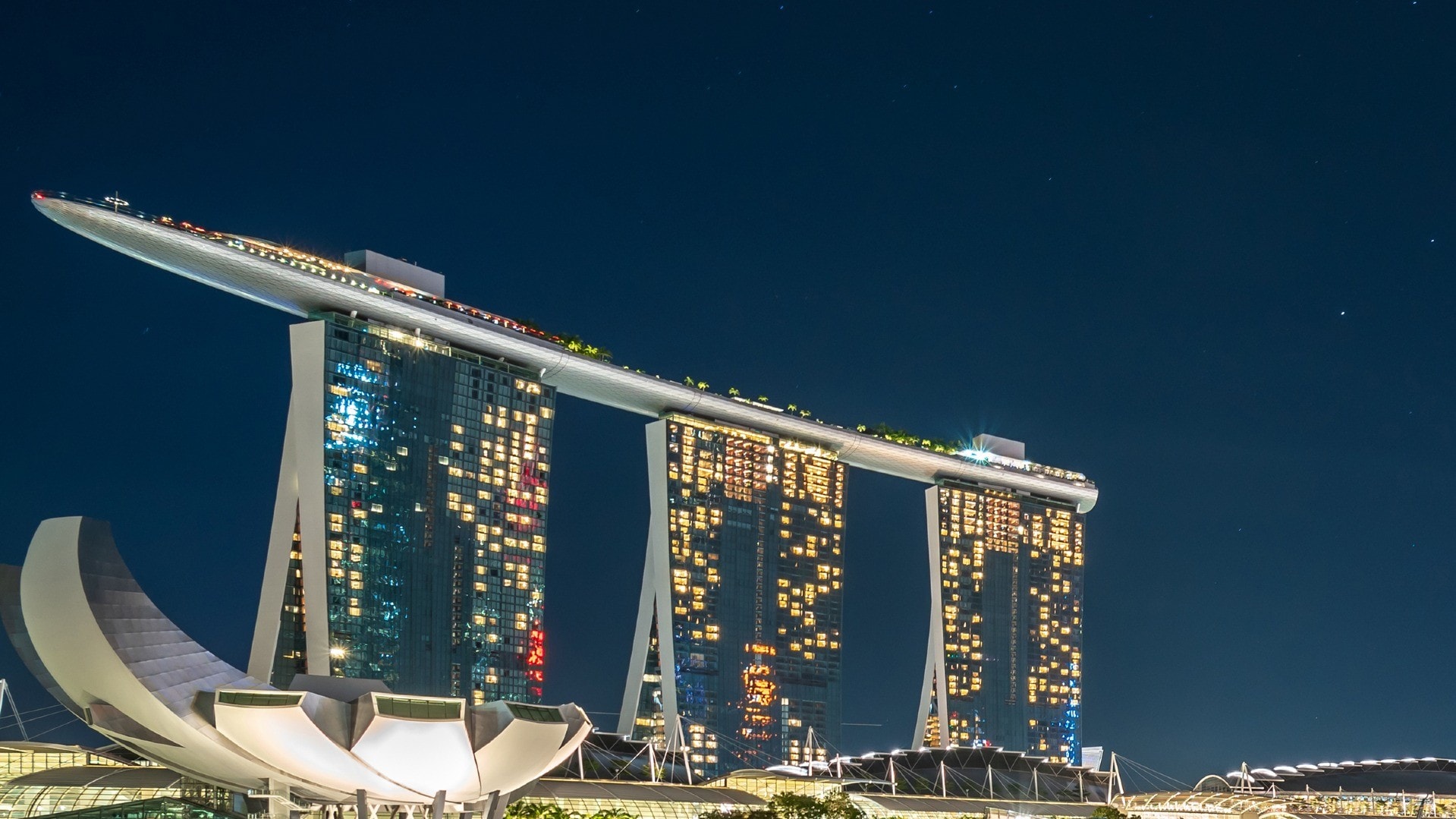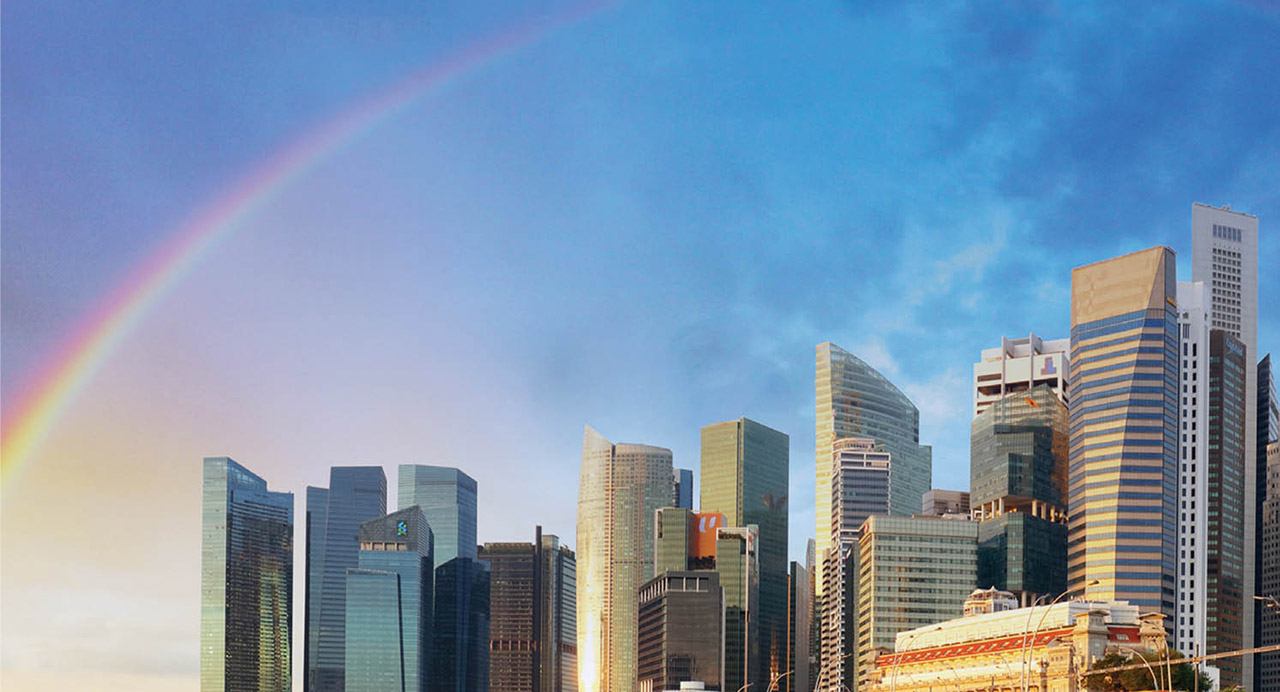Architecture defines how cities express identity, and in Singapore, it plays a major role in real estate value. Architectural harmony—the balance between modern innovation and contextual design—creates spaces that are both functional and visually cohesive. This principle drives property desirability and strengthens the city’s reputation for urban beauty.
1. Blending Design with Environment

River Modern represents how architectural harmony connects developments with their surroundings. Singapore’s urban planners emphasize balance between high-density construction and environmental integration. Buildings are designed to complement nearby structures, landscapes, and cultural heritage.
Developers often work with architects to ensure that new projects fit seamlessly into the skyline. Materials, colors, and proportions are chosen to preserve visual unity while maintaining unique identity. This thoughtful approach enhances both livability and long-term real estate value.
When architecture harmonizes with nature—through open facades, greenery, and water features—it reinforces the city’s image as a global model for sustainable beauty.
2. Enhancing Lifestyle Through Design Consistency

Architectural harmony goes beyond appearance—it defines lifestyle experience. Well-planned projects balance form and function, ensuring comfort and aesthetic appeal coexist. Developments with clean lines, natural ventilation, and open layouts create homes that feel both elegant and practical.
Projects like River Modern embody this principle. The design promotes light, space, and fluidity, providing a calm escape within the city. Residents enjoy modern amenities without losing connection to nature or cultural context.
For investors, design harmony signals quality and long-term desirability. Properties built with balanced architecture tend to age gracefully, maintaining visual appeal and value over time.
3. Supporting Singapore’s Urban Vision

Singapore’s government encourages architecture that blends modernity with heritage preservation. Urban districts such as the Civic District and Marina Bay demonstrate how harmony between old and new enhances the city’s global identity.
Architectural planning also supports community well-being by promoting inclusive, accessible spaces. Mixed-use developments and green corridors improve social interaction while maintaining aesthetic balance.
This alignment between design and urban vision strengthens Singapore’s real estate foundation. Buyers and investors alike value the predictability and beauty that come from cohesive architectural planning.
Conclusion
Architectural harmony remains a defining element of Singapore’s real estate success. It shapes beauty, livability, and long-term stability in every district.
Developments like River Modern capture this essence through balanced design and urban sensitivity. As Singapore continues to grow, harmony in architecture will remain the standard that sustains both its skyline and property value.
 Howl Movie
Howl Movie




